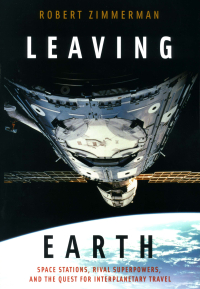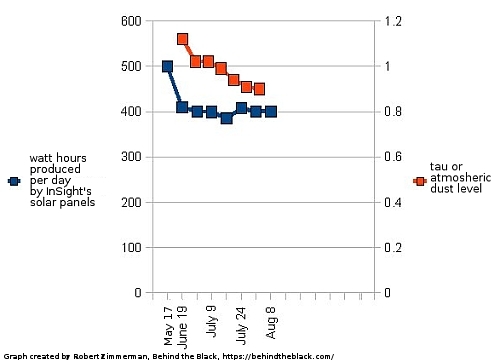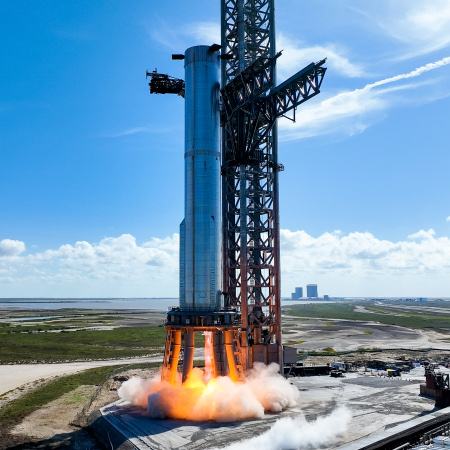SpaceX gets FCC communications license for Starship orbital launch
Capitalism in space: The FCC yesterday approved SpaceX’s communications license for one or more Starship orbital launches, with a six month launch window beginning on September 1, 2022.
This FCC approval is not a launch license, which must be given by the FAA. It does tell us that SpaceX will not attempt the first orbital launch of Starship before the end of this month. It also tells us that the company likely plans on an aggressive test program from September ’22 through February ’23, assuming the FAA and the federal bureaucracy finally stops blocking that program.
Capitalism in space: The FCC yesterday approved SpaceX’s communications license for one or more Starship orbital launches, with a six month launch window beginning on September 1, 2022.
This FCC approval is not a launch license, which must be given by the FAA. It does tell us that SpaceX will not attempt the first orbital launch of Starship before the end of this month. It also tells us that the company likely plans on an aggressive test program from September ’22 through February ’23, assuming the FAA and the federal bureaucracy finally stops blocking that program.













